Pear care in autumn
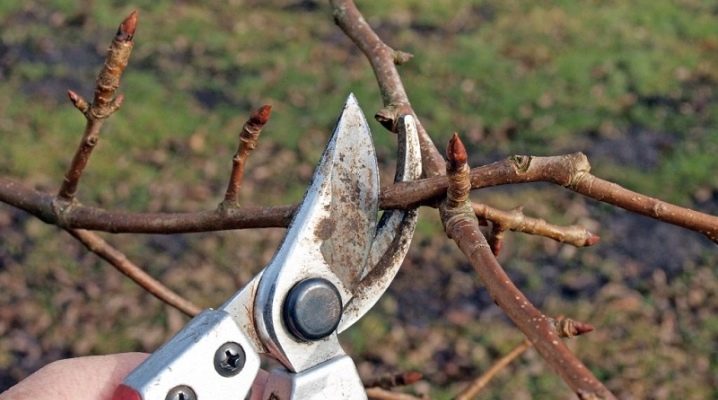
The pear is the second most popular fruit tree that is planted in orchards. This is a delicious and healthy fruit that comes in many different types. However, in order to get a good harvest, the tree must be properly and carefully looked after.
Preparing for winter is one of the important stages, so you should familiarize yourself with useful information that will help you cope with the task.
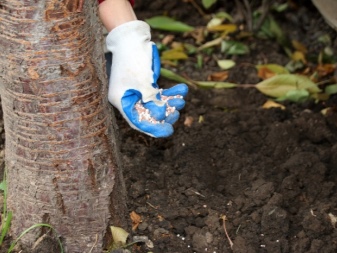
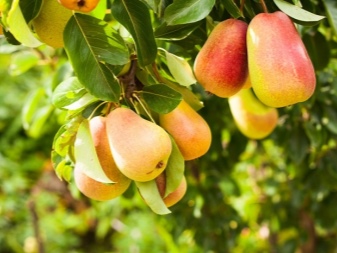
Sanitary measures
Caring for a pear tree in the garden in the fall must be done regularly in order to get a rich harvest. Gardeners know how important it is to carry out certain manipulations in order to protect the garden from pests and various diseases. Even if everything looks perfect on the surface, this does not mean that sanitary measures are unnecessary.
Experts recommend using preparations for treating trees so that pests are destroyed and diseases do not affect the plant. If there are dried or already rotten fruits on the pear, they must be removed and disposed of. The same applies to fallen leaves, they should not be left under the tree, as they are an ideal environment for the spread of fungal diseases. Therefore, as soon as there is no foliage left on the pear, it must be collected and burned, and the ash can be used as soil fertilizer.
In some cases, you will need to remove the old layer of mulch and dig up the ground to freshen it up. By applying such sanitary measures, the pear will be protected from adverse conditions and will be fruitful next year.
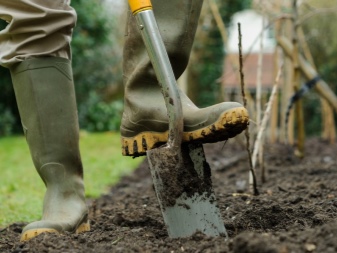
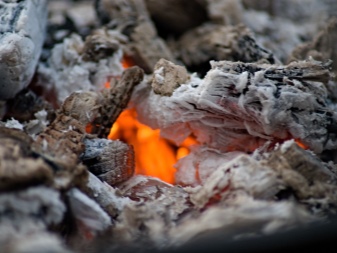
Watering
Trees need watering not only before harvesting, but also after that. A pear needs water therefore, any seasoned gardener will agree that every plant should be watered abundantly in the fall. If the soil is not moist enough, the root system will be depleted, and nutrients will not be supplied, which will negatively affect the further result. In addition, top dressing is introduced into wet soil, this prevents root burns.
Watering should be done as follows. It is recommended to use two buckets of warm infused water under each pear. Some gardeners add a little potassium permanganate to the liquid, having previously dissolved it well to a pale pink hue. This will help destroy any pest larvae that like to hibernate at the roots of trees, while the pear itself will not receive any negative impact.
It is recommended to water the garden three weeks before the first frost.... Fruit trees, like no others, need an abundant amount of water. An adult pear can absorb about 50 liters of liquid. If you still have young seedlings, small grooves are dug around them, into which water is poured, after which mulching is carried out from peat and sawdust.
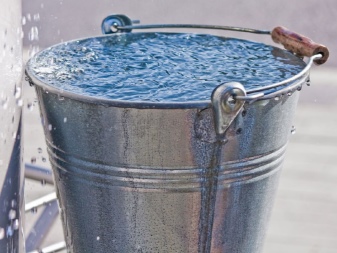
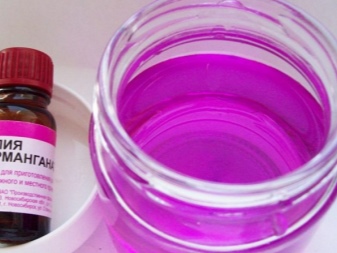
Top dressing
This is one of the most important steps in preparing pear trees for winter. However, every gardener has his own opinion on this matter. Some adhere to the idea that feeding should be done only in the spring to stimulate growth, while others believe that fertilizers applied in the fall will help the garden to cope with frost much easier. It is safe to say that if you decide to nourish the tree after harvesting, be it folk remedies or special preparations, it will not harm, but only help to grow delicious fruits in the future.
The top dressing should contain such components, like sulfate and superphosphate. Before applying the preparations, you need to dig a small trench about 20 cm deep so that the nutrients can better penetrate the root of the plant. You will need a tablespoon of top dressing per square meter. Autumn fertilizers should not include nitrogen. The best option would be mineral products, which are presented in a wide variety. For a young pear, wood ash is perfect, which is brought under digging to a depth of 10 cm. The tree will not be afraid of winter frosts if it is fertilized not only with phosphate, but also with potassium, which are introduced into the dug trench.
Many gardeners will agree that pear is a delicate and somewhat capricious type of fruit, therefore it requires special attention. To prevent thickening, it is necessary to form the crown, then the harvest will be rich. When planting young seedlings, high-quality agricultural technology will be required. Once the crop is harvested, trees need to be strengthened before winter to ensure that fruit buds are set. Substances with a potassium-phosphorus composition will have a positive effect on plants. Since the root system of the fruit is located deep in the soil, top dressing should be in a liquid version, so it is better absorbed.
Before feeding the trees with nutrients, they need to be watered with plain water, and then prepared and poured around the perimeter of the trunk circle. Many gardeners spray their branches with potassium monophosphate.


Treatment against diseases and pests
Autumn is one of the best periods to protect garden trees from fungal diseases and various pests. The main advantage of the event is that potent drugs can be used after harvest. This includes tools such as Inta-Vir, Karbofos and Acrobat. Despite the fact that trees leave for the winter, spraying plays an important role. It should be noted that pathogenic fungi and insect pests can remain on trees until spring, as well as multiply in the soil, and if you do not carry out autumn processing, you can face serious problems. It is better to carry out the procedure before the leaves fall, in order to affect the leaves. First you need to clear the crown, and then use drugs against infections. Prepare a solution of 5% urea, which is sprayed on the crown and trunk of the tree. This procedure is suitable if the summer is hot enough.
In winter, fruit trees attract rodents, so it is recommended to use clay talker and cover the trunk up to 1 m. To do this, you need manure and clay, which are mixed in the same amount, diluted with water to a thick consistency. Some gardeners wrap the trees with needles and rough sacking, fixing them so that the shelter stays in place all winter. Scab must be fought by spraying the affected areas with copper sulfate., which can be alternated with Bordeaux liquid. Gall mite is often one of the reasons for poor harvest, and in order to protect the garden from it, it is recommended to use mineral fertilizers. At the same time, it is necessary to whitewash the trunks, remove the old bark and large branches in order to reduce the number of parasites. It is better to treat a diseased pear at an early stage, then the likelihood of saving the future harvest is quite high.
Another misfortune that gardeners are struggling with is fire blight that affects all fruit plants. This disease can destroy an entire garden if the problem is not solved at the very beginning.
If black or dark brown spots appear on the leaves, this indicates that the tree is suffering from an infection. First you need to remove the affected branches and burn them, and treat the cut site with copper sulfate.
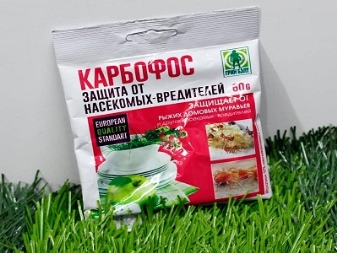

Preparing for winter
To protect your garden before the onset of the first frost, you need not only to feed and fertilize the soil, but also to insulate the treesso that they are not subject to mechanical damage. To do this, you need to whitewash the trunks to prevent cracks in which germs can multiply. You can prepare a solution yourself from clay and lime in proportions of 1: 2. If you are working with seedlings, cover them completely; for a large tree, a treated trunk and lower branches are enough.
It is necessary to carry out a soil strengthening procedure so that it becomes winter-hardy. To do this, use humus and sawdust, do mulching, then the root system will not suffer from frost. As for the bark, which hares and other rodents love so much, it is recommended to cover them with burlap or netting that the animals cannot damage. In late autumn and winter, the wind is especially strong and harsh, so if we are talking about a young garden, it is recommended to tie the branches of the seedlings together - this way they will withstand the gusts.
To insulate pear trees, you can use coniferous spruce branches. For northern regions, the use of nonwovens is recommended to help cover the trunk. Experienced gardeners build special boxes for the winter if the temperature drops below 30 degrees Celsius.
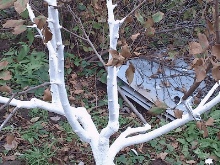
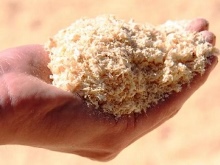
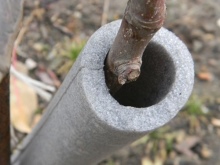
Useful Tips
To prevent poor growth of the tree, it must be carefully cared for from an early age. Young seedlings need protection from mechanical stress and temperature extremes, however, older plants also require safety and preventive measures. Top dressing can be done at all seasons, except for winter. Fertilizing in the fall will provide the tree with essential nutrients that will strengthen the plant's immunity and make it resistant to pests, diseases and weather conditions.
Abnormal weather in September can contribute to the fact that the pear will begin to bloom again, and there is nothing to worry about. Blooms are often not as abundant, so they will not affect the future harvest. This especially happens with the June Lepotika variety, which can please with double fruiting, although the second pears are small... If your garden has bloomed, all that remains is to enjoy the beautiful view.
The procedure for feeding and fertilizing, as well as preparing for winter, can begin in October-November. It is important to initially remove all unnecessary on the site, get rid of fallen leaves and only then start using drugs that are designed to protect against pests and fungal diseases.
By applying all of the above recommendations, you will make your garden rich, beautiful, and the fruits will be juicy and sweet.
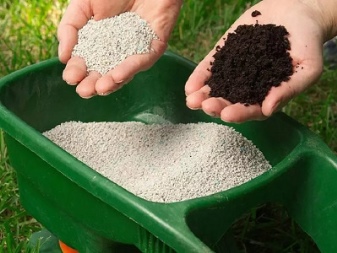







The comment was sent successfully.